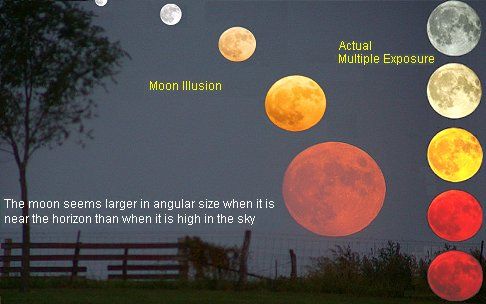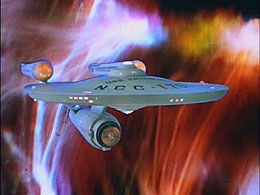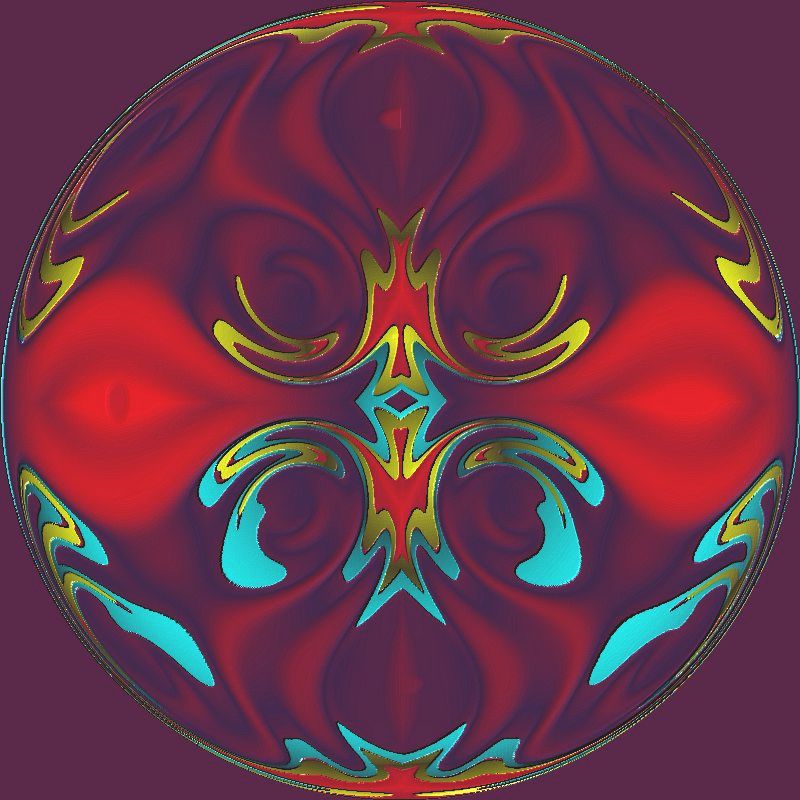David Mandel teaches political science at the Université du Québec à Montréal. He specializes in countries of former Soviet Union, especially labour. For many year has been involved in labour education in Russia, Belarus, and Ukraine.
September 8, 2014 archive
Sep 08 2014
Ukraine: A View from the North
Sep 08 2014
Harvest Super Moon

The full moon will rise tonight over the east coast at 6:55 PM EDT. It is the third consecutive super moon and the 5th this year.
We in astronomy used to call them perigean new moons or perigean full moons, that is, new or full moons closely coinciding with perigee – the moon’s closest point to Earth in its orbit. But, like almost everyone else, now we enjoy calling them supermoons. The name supermoon was coined by an astrologer, Richard Nolle, over 30 years ago. It was popularized and came to be the accepted term for most people only in the past few years. Are supermoons hype? In our opinion … gosh, no, just modern folklore. And they can cause real physical effects, such as larger-than-usual tides. The year 2014 has a total of five supermoons. They are the two new moons of January, and the full moons of July, August and September.
It’s also the Harvest Moon which is the full moon closest to the autumnal equinox which falls (punny) on September 22 this year.
The super Harvest Moon and Mid-Autumn Festival of September 8-9 are early in 2014, but September equinox isn’t until September 23 at 2:29 UTC. Although the equinox happens at the same moment worldwide, the clock times vary by time zone.
In the U.S. this equinox comes on September 22 at 10:29 p.m. EDT, 9:29 p.m. CDT, 8:29 p.m. MDT or 7:29 p.m. PDT.
In the Northern Hemisphere, the sun is rising later now, and nightfall comes sooner. This is our autumn equinox, when the days are getting shorter in the Northern Hemisphere. At this equinox, day and night are approximately equal in length. For us in the Northern Hemisphere, people are enjoying the cooler days of autumn even as preparations for winter are underway. South of the equator, spring begins.
Depending on where you live the Super Harvest Moon can be on either tonight, September 8 or September 9
It happens on September 9 at 1:38 Universal Time. In North America, the crest of the moon’s full phase comes on September 8, at 9:38 p.m. EDT, 8:38 p.m CDT, 7:38 p.m. MDT or 6:38 p.m. PDT.
So the night of September 8-9 has the brightest, fullest moon for the Americas. Meanwhile, for the most of Asia, the moon turns precisely full during the daylight hours on September 9. For all of us, by the night of September 9-10, the moon will be waning. In fact, September 8, 2014 is the night of the Mid-Autumn Festival in Asia, which is linked to this full moon.
For modern Pagans and Wiccans, this moon marks the start of the second harvest which culminates on the Autumnal Equinox. The third and final harvest then begins as the nights are longer than the days and we start to prepare in earnest for winter. Samhein, or Halloween, marks the final harvest celebration with bond fires, feasts and music marking the passing of another year and the beginning of winter.
Wherever you are tonight, step outside, stand barefoot on the earth, reach up to touch the moon and breath.
Sep 08 2014
TBC: Morning Musing 9.8.14
Well, good Monday mornin’ to y’all. Since it’s Monday, i’m going light for ya, but interesting.
It seems as though the mystery of who was Jack the Ripper has been solved through DNA.
Jump!
Sep 08 2014
On This Day In History September 8
Cross posted from The Stars Hollow Gazette
This is your morning Open Thread. Pour your favorite beverage and review the past and comment on the future.
Find the past “On This Day in History” here.
September 8 is the 251st day of the year (252nd in leap years) in the Gregorian calendar. There are 114 days remaining until the end of the year.
On this day in 1966, The TV series, “Star Trek“, debuted on NBC-TV, on its mission to “boldly go where no man has gone before” and despite ratings and only a three year run that gave us 79 episodes, the series did exactly that.

When Star Trek premiered on NBC-TV in 1966, it was not an immediate hit. Initially, its Nielsen ratings were rather low, and its advertising revenue was modest. Before the end of the first season of Star Trek, some executives at NBC wanted to cancel the series because of its rather low ratings. The chief of the Desilu Productions company, Lucille Ball, reportedly “single-handedly kept Star Trek from being dumped from the NBC-TV lineup.”
Toward the end of the second season, Star Trek was also in danger of cancellation. The lobbying by its fans gained it a third season, but NBC also moved its broadcast time to the Friday night “death slot”, at 10 p.m. Eastern Standard Time (9:00 p.m. Central Time). Star Trek was cancelled at the end of the third season, after 79 episodes were produced. However, this was enough for the show to be “stripped” in TV syndication, allowing it to become extremely popular and gather a large cult following during the 1970s. The success of the program was followed by five additional television series and eleven theatrical films. The Guinness World Records lists the original Star Trek as having the largest number of spin-offs among all TV series in history.
The series begat five televisions series and 11 movies with more to come. I knew I loved Lucille Ball for a reason.


